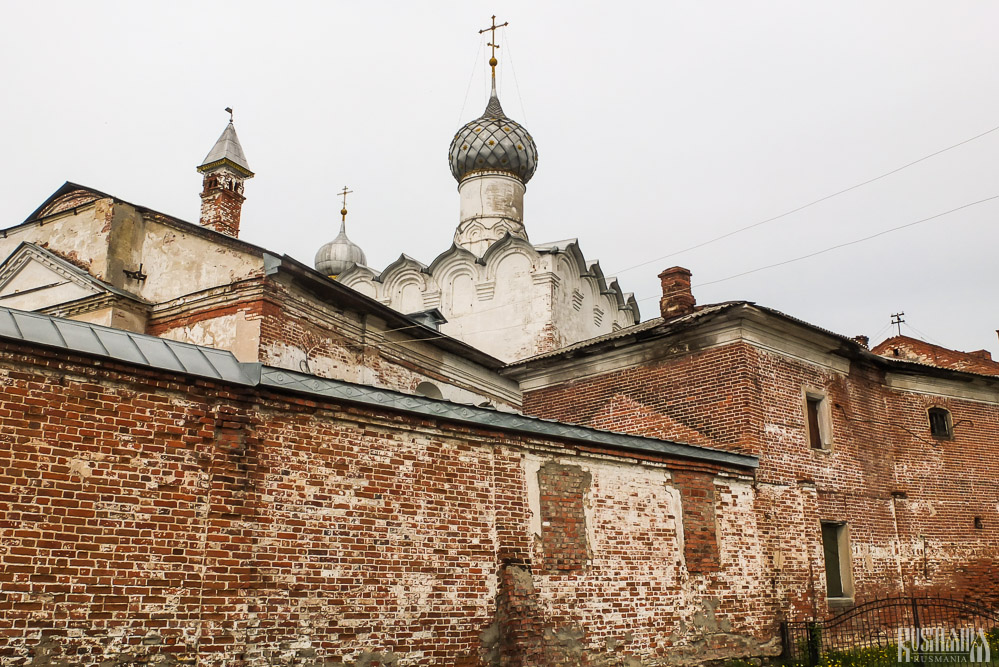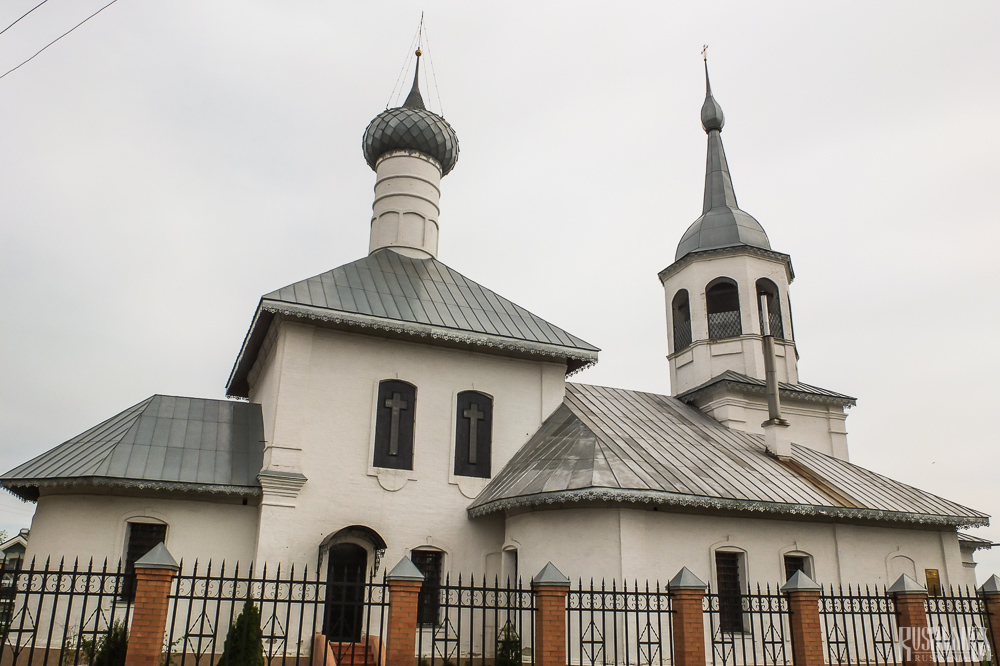In the Historical Centre
Bogoroditse-Rozhdestvensky Convent

The Bogoroditse-Rozhdestvsky Convent was founded by Archbishop Feodor of Rostov between 1390 and 1395 and dedicated to the Nativity (Rozhdestvo) of the Virgin Mary. As with most religious buildings in the city, the majority of the stone construction work was carried out as part of Metropolitan Iona Sysoevich's construction programme at the end of the 17th century. The convent was closed by the Soviets in 1926 and much of it fell into disrepair or was converted into housing. Only fragments of its walls remain. In 1997 the convent was reopened, but this led to some objections being raised by locals who now found themselves practically living inside a convent. Some construction work and relocation of residents has taken place but the convent today remains rather dilapidated.
Nativity of the Virgin Mary Church
 The convent's main church is the Nativity of the Virgin Mary Church which was built sometime between 1670 and 1702, perhaps by the same architects responsible for the Saviour Church in the Trading Rows and the kremlin churches. It is a two-story building with a large refectory built on. The original bell tower was destroyed during the Soviet era, but a new wooden one was completed in 2001.
The convent's main church is the Nativity of the Virgin Mary Church which was built sometime between 1670 and 1702, perhaps by the same architects responsible for the Saviour Church in the Trading Rows and the kremlin churches. It is a two-story building with a large refectory built on. The original bell tower was destroyed during the Soviet era, but a new wooden one was completed in 2001.
St Nicholas' Church on Podozerye

Just outside the Bogoroditse-Rozhdestvensky Convent is the St Nicholas Church which is known as 'on Podozerye' due to its location next to Lake Nero. Since 1998 it has been considered part of the Rozhdestvensky Monastery, but originally it was built as a parish church in 1745. It was the first church to be built in Rostov after a ban on building stone churches was lifted, having been introduced in 1714 by Peter the Great to ensure materials for the construction of St Petersburg. In form it is a small cube building with a single dome attached via a vestibule to a small bell tower.
| Location | 14 Ploschad Sovetskaya |
|---|

 History
History